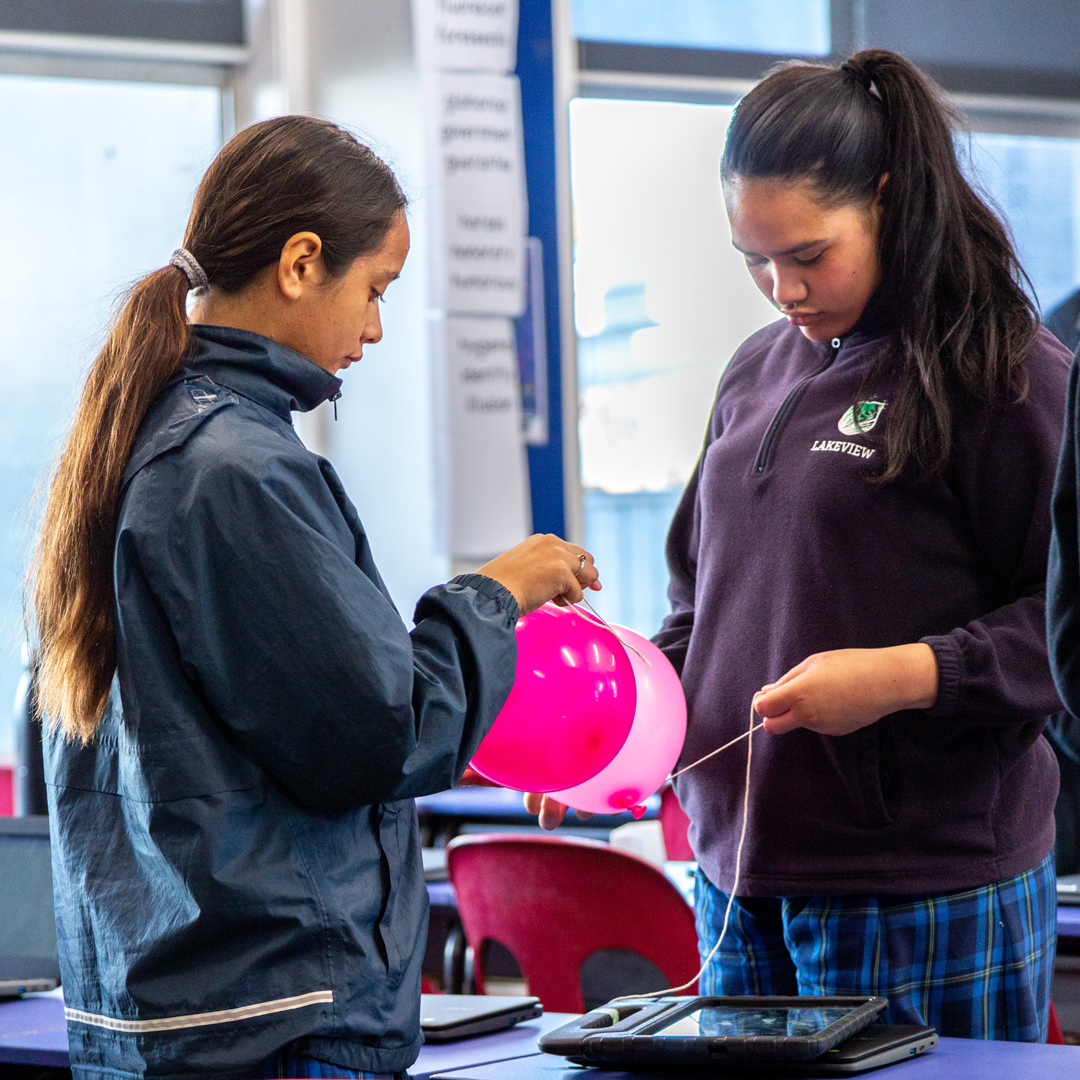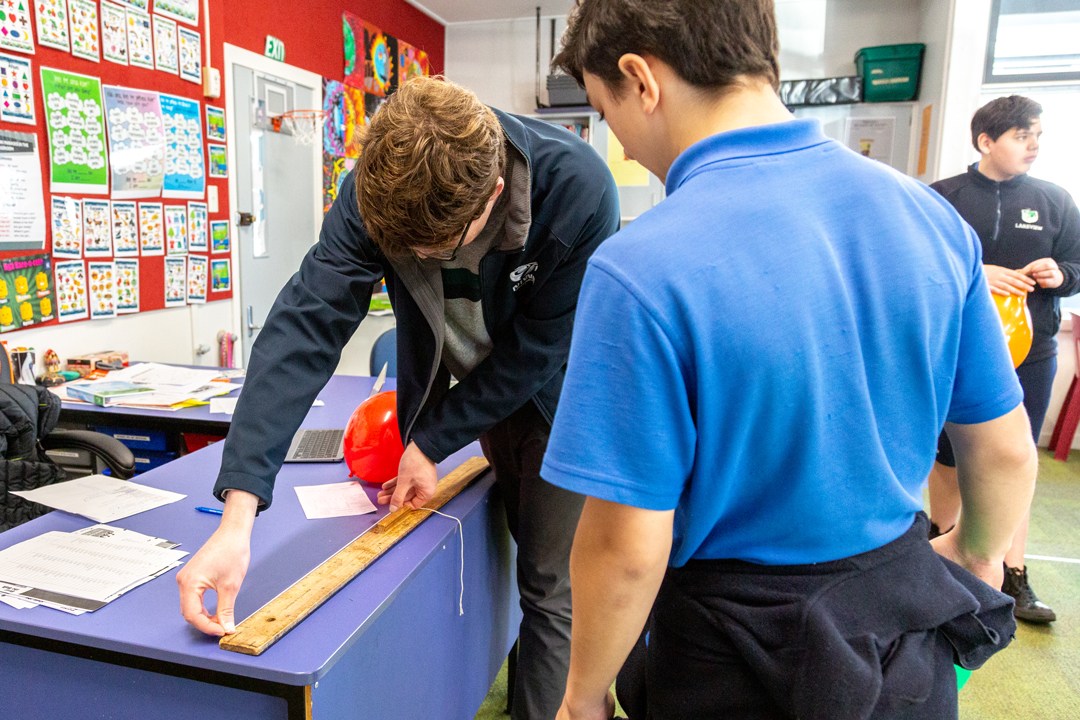In this lesson you’ll learn more about how air pollution affects the environment as well as people’s health.
On this page:
- Introduction
- Key summary points
- Activity: What is your lung capacity?
- Quiz: Impacts of air pollution
- Worksheet: Impacts of air pollution
Introduction
What problems does poor air quality cause? Air pollution affects the environment as well as people.
Some types of air pollution contain greenhouse gases that cause climate change.
Some types of air pollution mix with water vapour and can make acid rain. Acid rain can damage and kill trees, plants and animals. Acid rain can also affect towns and cities and has eroded stone statues in some places.
Soot and smoke are very dirty. Some buildings in older European cities have turned black because of the soot that has built up over hundreds of years. You may be able to see this starting to happen on some houses around the chimney on the roof.
Air pollution also has effects on people’s health. Smoke can make it difficult to breathe and can trigger asthma attacks. Long exposure to pollution can cause problems such as: pneumonia, high blood pressure and respiratory diseases.
In the short term, high carbon dioxide (CO2) levels can make it difficult to concentrate.
The following video talks about the impacts of air pollution:
Key summary points
- Air pollution affects the environment in many ways.
- Air pollution affects people’s health in many ways.
Activity: Balloon breath (what is your lung capacity)?
How much air have you got in you? How big can you blow up a balloon? Do this activity to work out how big your lung capacity is.
Equipment:
- Balloons (20cm)
- Piece of String
- Rulers
- Calculator
Experiment
- Stretch out the balloon and blow it up a few times to lose the stiffness on the balloon. Why do this? The more stretchy the balloon, the more accurate your results!
- Breathe in and out – inhale and exhale a few times in a combination of deep to normal breaths. Why do this? You have just stretched the balloon and your lungs need a bit of a workout before you begin.
- Take the balloon in your hand and breathe in the maximum amount of air you can and blow into the balloon as much and as fast as you can. Don't let the air escape the balloon!
- Find the widest part on the blown-up balloon.
- Once you decide where the widest part is, wrap your piece of string around the widest part once. Hold the string where the ends meet and use the ruler to measure the part of the string that wrapped around the balloon - this gives you the circumference of the balloon.
- Note this observation down in your notebook and repeat the experiment 3 times.
- Using all the observations, calculate the average value and use this circumference to find out the radius of the balloon and then the total volume of air your lungs can hold!
- Record your volume in your notebook.


Quiz: Impacts of air pollution
Check out our air quality quiz over on Kahoot.
The quiz works best on Kahoot, but if you prefer a text version, you can download it as a PDF.
